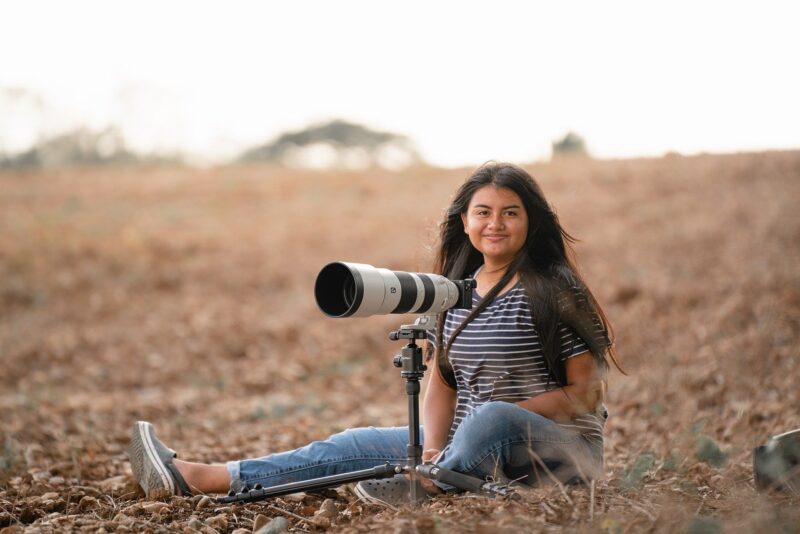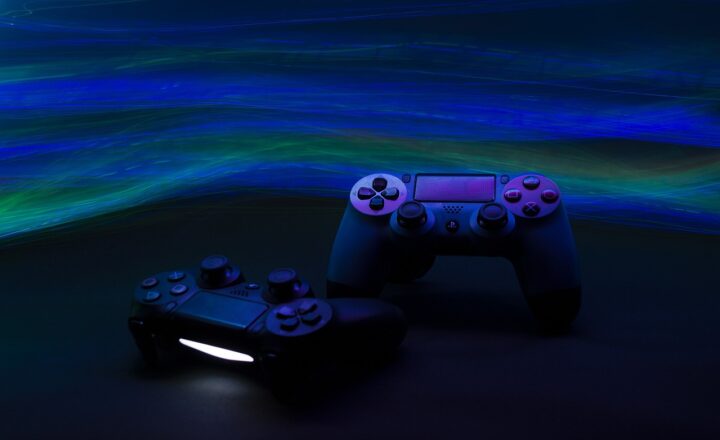
Photography has transformed the landscape of contemporary art in ways that were previously unimaginable. As an art form that melds technical skill with creative expression, photography plays a crucial role in depicting, challenging, and redefining the world around us. This article delves into the myriad ways in which photography has become an integral component of contemporary art, addressing its impact on artists, audiences, and societal perceptions.
1. The Evolution of Photography in Art
The origins of photography date back to the early 19th century, where it was viewed primarily as a scientific tool or a means for documentation.However, artists soon began to recognize the medium’s potential as an art form in its own right. The invention of the camera opened new avenues for visual storytelling and expression, ultimately leading to its acceptance as a legitimate form of artistic endeavor.
Fast forward to the late 20th and early 21st centuries, photography has evolved much further, integrating effortlessly into various art movements. From the Dadaists’ use of photomontage to the conceptual works of contemporary artists, photography now serves not just as a method of capturing reality, but as a tool for exploring complex societal issues.
<img src='https://source.unsplash.com/featured/?contemporary-art'
2. Photography as a Medium of Expression
Photography conveys emotions, ideas, and narratives that might be challenging to express through other art forms. Artists like Cindy Sherman and Jeff Wall utilize staged photography to create elaborate narratives that critique societal norms and question identity. Sherman’s series of self-portraits challenges the viewer’s perceptions of femininity and the roles women occupy in society.
Additionally, photographers like Gregory Crewdson create cinematic scenes that examine the darker undercurrents of suburban life, eliciting emotional responses from the viewer. The ability to capture the nuances of human experience and raise awareness of social issues sets photography apart as a powerful medium within contemporary art.
3. The Intersection of Technology and Art
The advent of digital photography and social media platforms has revolutionized how art is created, shared, and perceived. Artists now have the tools at their disposal to manipulate images in ways that were previously unattainable. Photo-editing software allows for enhanced creativity and experimentation, giving rise to new art forms such as digital collage and photo illustrations.
Platforms like Instagram have democratized art consumption, allowing both amateur and professional photographers to share their work widely. As a result, a broader audience can engage with photography as an art form, blurring the lines between the artist and the audience. This interaction not only reshapes public perception of art but also influences the direction of contemporary photography.
4. The Role of Photography in Social Commentary
Photography holds immense power as a tool for social change and commentary. Documentary photography, for instance, captures the realities of marginalized communities, shining light on issues such as poverty, inequality, and injustice. Photographers like Sebastião Salgado and Dorothea Lange have created poignant bodies of work that provoke thought, empathy, and action.
Contemporary artists are using photography to address issues like climate change, gender identity, and the refugee crisis. Through exhibitions, installations, and accessible online platforms, these works engage audiences in critical conversations that shape our understanding of the world. Photography has become a language through which artists articulate their concerns, strategies, and calls to action.
5. Recent Trends and Movements
Over the past decade, certain trends have emerged that showcase the evolving relationship between photography and contemporary art. Movements such as “photo-conceptualism” challenge traditional definitions of photography, merging concepts with visual elements. Artists like Wolfgang Tillmans and Thomas Struth push the boundaries of photographic representation, encouraging viewers to reconsider the medium’s role in artistic practice.
Moreover, the rise of performance art has influenced photography by integrating the human body into visual narratives. Artists document their performances through photographs, creating a unique fusion that captures time, movement, and emotion.
6. The Future of Photography in Art
As technology continues to evolve, so too will the ways in which photography is utilized in contemporary art. From VR and AR experiences to AI-generated imagery, the future landscape of photography in art remains dynamic and filled with potential. Furthermore, emerging artists are redefining traditional techniques and methodologies, paving the way for new artistic voices and perspectives.
In a post-pandemic world, where physical interactions are limited, photography stands as a beacon of hope and expression. It will continue to bridge gaps, connect communities, and give voice to those who feel unseen.
Conclusion
Photography’s integral role in contemporary art cannot be understated. It transcends barriers, challenges norms, and engages viewers in meaningful experiences. As an accessible form of expression and a powerful tool for social commentary, photography will undoubtedly continue to shape the evolution of art in the years to come. In an age defined by rapid technological advancement, the significance of photography in capturing the essence of the human experience remains as relevant as ever.







